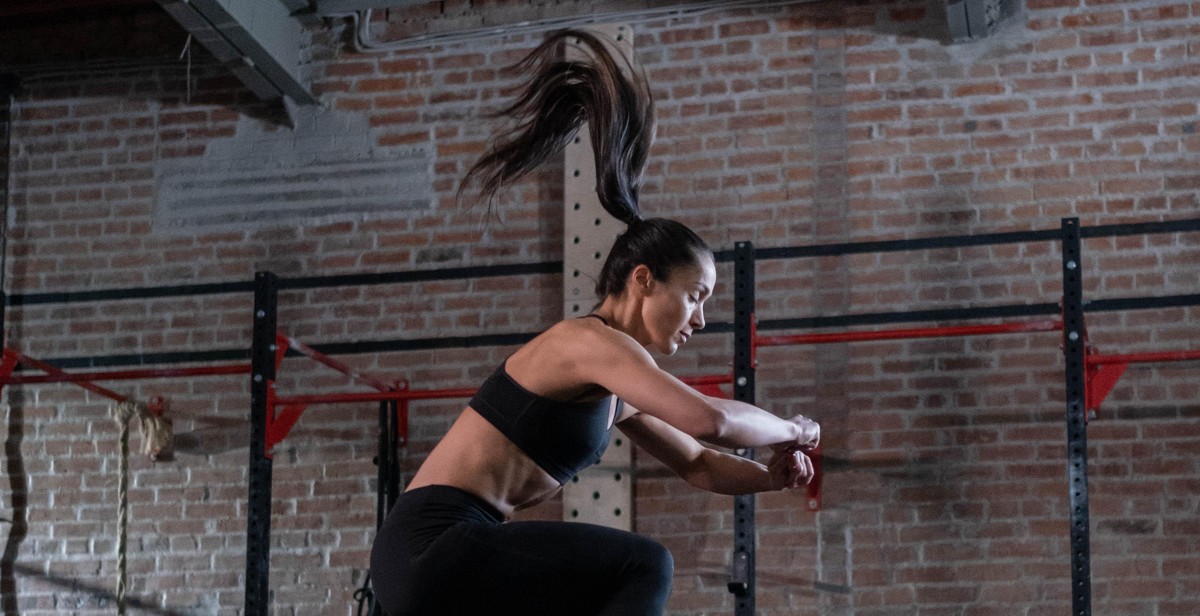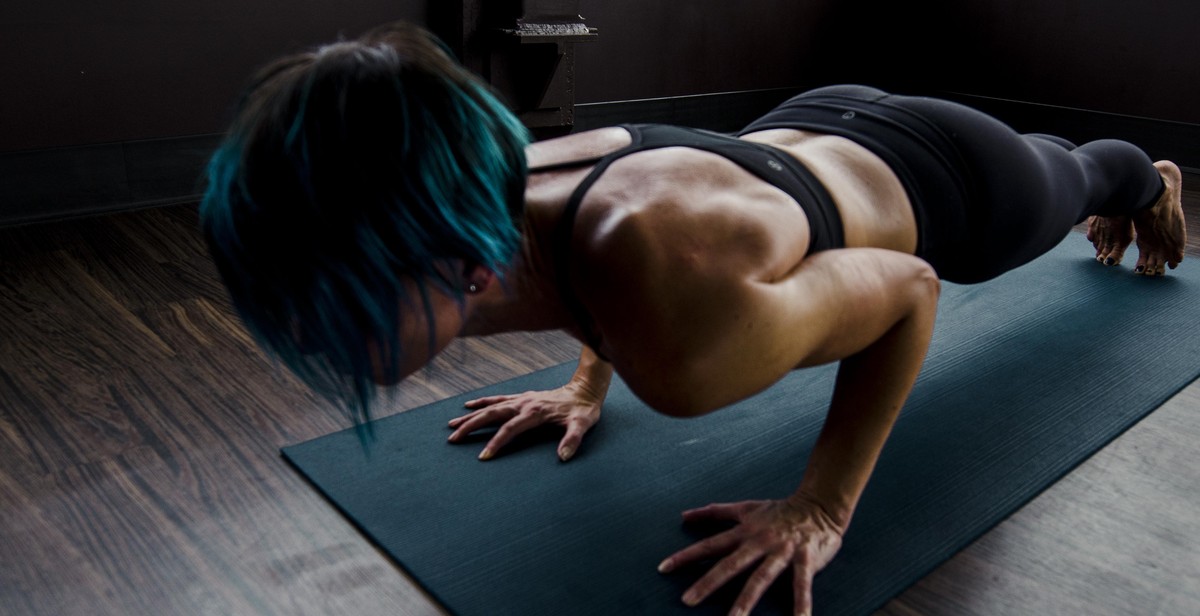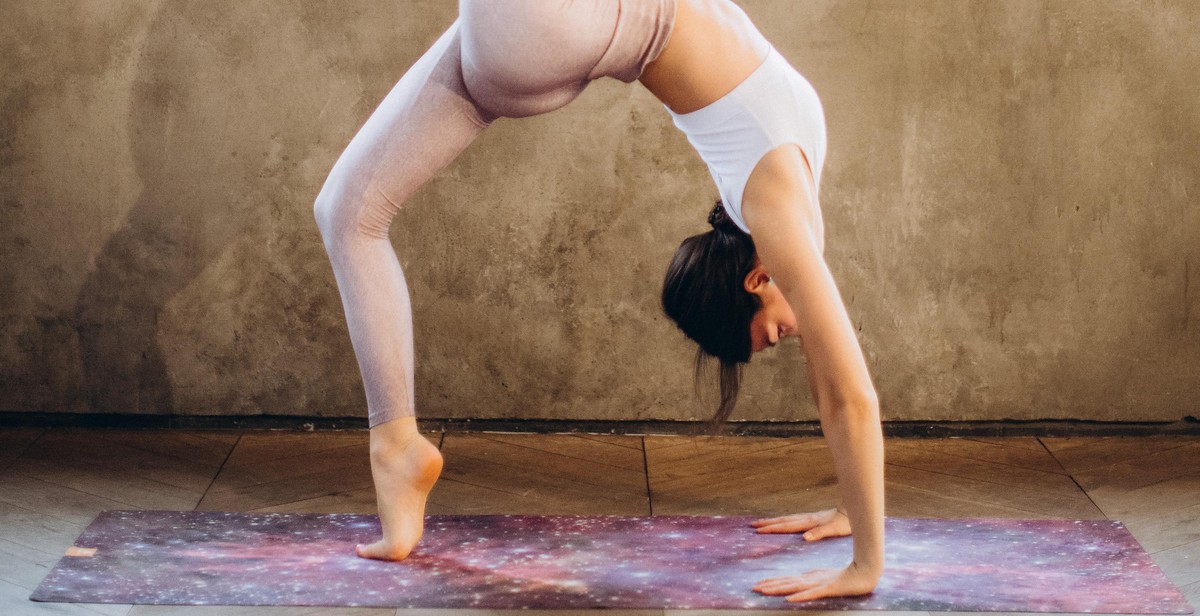How to Improve Lower Body Strength with Plyometric Exercises
Lower body strength is important for various activities such as running, jumping, and lifting. Plyometric exercises are an effective way to improve lower body strength and power. These exercises involve explosive movements that activate the muscles and increase their ability to produce force quickly.
Why Plyometric Exercises are Important for Lower Body Strength
Plyometric exercises are a type of resistance training that focuses on improving muscle power and explosiveness. They involve rapid stretching and contracting of the muscles, which helps to develop the neuromuscular system and improve muscular coordination. This type of training is particularly effective for improving lower body strength because it targets the large muscle groups in the legs, including the quadriceps, hamstrings, glutes, and calves.
Research has shown that plyometric exercises can increase lower body strength and power in athletes and non-athletes alike. They have also been found to improve jumping ability, speed, and agility, which are important factors in many sports and activities.
Examples of plyometric exercises include jump squats, box jumps, and plyometric lunges. These exercises should be performed with proper form and technique to avoid injury. It is also important to start with a low intensity and gradually increase the difficulty as your strength and coordination improve.
In the following sections, we will explore some of the most effective plyometric exercises for improving lower body strength and provide tips on how to perform them safely and effectively.

What are Plyometric Exercises?
Plyometric exercises, also known as “jump training,” are a type of high-intensity workout that involves explosive movements to increase power, speed, and strength. Plyometric exercises are designed to help athletes improve their performance in sports that require quick and explosive movements, such as basketball, soccer, and track and field.
Types of Plyometric Exercises
There are several types of plyometric exercises that target different muscle groups and movements:
| Type of Plyometric Exercise | Muscle Group Targeted | Movement |
|---|---|---|
| Jump Squats | Quadriceps, hamstrings, glutes, calves | Vertical jump |
| Box Jumps | Quadriceps, hamstrings, glutes, calves | Horizontal jump |
| Depth Jumps | Quadriceps, hamstrings, glutes, calves | Jumping off a box and immediately jumping back up |
| Plyometric Push-Ups | Chest, triceps, shoulders | Explosive push-up |
| Jump Lunges | Quadriceps, hamstrings, glutes | Alternating explosive lunges |
| Depth Jumps | Quadriceps, hamstrings, glutes, calves | Jumping off a box and immediately jumping back up |
It is important to note that plyometric exercises are high-impact and can put stress on the joints, so it is crucial to use proper form and gradually increase intensity to avoid injury.
When performed correctly, plyometric exercises can help improve lower body strength, speed, and power, making them a valuable addition to any athlete’s training regimen.

Benefits of Plyometric Exercises for Lower Body Strength
Plyometric exercises are a type of training that involves explosive movements to increase power and strength in the lower body. These exercises can be done with just bodyweight or with added resistance to challenge the muscles even further. Here are some of the benefits of incorporating plyometric exercises into your lower body strength training routine:
Increased Power and Strength
One of the main benefits of plyometric exercises is that they can help increase power and strength in the lower body muscles. These exercises involve explosive movements that require a lot of energy and force, which can help activate and strengthen the fast-twitch muscle fibers in the legs. This can lead to improved performance in sports that require quick bursts of power, such as sprinting, jumping, and kicking.
Improved Balance and Stability
Plyometric exercises also require a lot of balance and stability, which can help improve overall coordination and body control. By performing these exercises on one leg or on an unstable surface, you can challenge your balance and stability even further, which can translate to improved performance in daily activities and sports.
Reduced Risk of Injury
By improving lower body strength and power through plyometric exercises, you can also reduce the risk of injury. Stronger muscles and better coordination can help prevent falls and other accidents, while also reducing the risk of muscle strains and other injuries that can occur during physical activity.
Overall, plyometric exercises are a great way to improve lower body strength and power while also improving balance, stability, and reducing the risk of injury. By incorporating these exercises into your training routine, you can take your lower body strength to the next level and improve your overall performance in sports and daily activities.

Top Plyometric Exercises for Lower Body Strength
Plyometric exercises are an effective way to increase lower body strength, power, and explosiveness. These exercises involve quick and explosive movements that engage multiple muscle groups at once, making them a great addition to any lower body strength training routine. Here are five of the top plyometric exercises for lower body strength:
1. Jump Squats
Jump squats are a great exercise for building explosive power in the legs. To perform a jump squat, start in a squat position with your feet shoulder-width apart. Lower your body down into a squat, then quickly jump up as high as you can, landing back in the squat position. Repeat for several reps, focusing on jumping as high as you can each time.
2. Lateral Bounds
Lateral bounds are a great exercise for building lateral explosiveness and improving balance. To perform a lateral bound, start by standing on one leg with the other leg slightly bent and lifted off the ground. Jump laterally to the side, landing on the other foot and bending the knee slightly. Repeat for several reps on each leg.
3. Box Jumps
Box jumps are a classic plyometric exercise that are great for building explosive power in the legs. To perform a box jump, start by standing in front of a plyometric box or other raised platform. Jump up onto the box, landing with both feet, then step down and repeat for several reps.
4. Single-Leg Hops
Single-leg hops are a great exercise for building explosive power and improving balance and coordination. To perform single-leg hops, start by standing on one leg with the other leg lifted slightly off the ground. Hop forward, landing on the same foot, then hop back to the starting position and repeat for several reps on each leg.
5. Depth Jumps
Depth jumps are an advanced plyometric exercise that are great for building explosive power and improving jumping ability. To perform a depth jump, start by standing on a raised platform or box. Step off the box and land on both feet, then immediately jump up as high as you can. Repeat for several reps, focusing on jumping as high as you can each time.
These five plyometric exercises are great for building lower body strength and power. Incorporate them into your lower body strength training routine to see results in no time!

How to Incorporate Plyometric Exercises into Your Workout Routine
Plyometric exercises are a great way to improve lower body strength and power. However, it is important to incorporate them into your workout routine properly to avoid injury and achieve maximum results. Here are some tips to help you incorporate plyometric exercises into your workout routine:
Warm Up Properly
Plyometric exercises are high-intensity exercises that require a lot of energy. It is important to warm up properly before starting your plyometric workout. A good warm-up should include 5-10 minutes of cardio to get your heart rate up and increase blood flow to your muscles. Follow this with some dynamic stretching exercises to loosen up your muscles and prepare them for the plyometric exercises.
Start Slow and Progress Gradually
It is important to start slowly and progress gradually when incorporating plyometric exercises into your workout routine. Begin with basic exercises such as jump squats, box jumps, and jump lunges. As you become more comfortable with these exercises, gradually increase the intensity and difficulty level by adding more reps, sets, or height to the box. This will help you avoid injury and prevent muscle soreness.
Incorporate Plyometric Exercises into Your Existing Workout Routine
You can incorporate plyometric exercises into your existing workout routine by adding them to your leg day or full-body workout. For example, you can start with a set of jump squats, followed by a set of regular squats, and then a set of lunges. This will help you build strength and power while also improving your endurance.
You can also create a plyometric workout routine by combining different exercises such as box jumps, jump lunges, and burpees. Perform each exercise for 30-60 seconds, rest for 30 seconds, and repeat the circuit for 3-4 sets.
Remember to always listen to your body and take breaks when needed. Incorporating plyometric exercises into your workout routine can be challenging, but with proper technique and progress, you can achieve great results.

Conclusion
Overall, incorporating plyometric exercises into your lower body strength training routine can greatly improve your athletic performance, increase your power and explosiveness, and reduce your risk of injury.
Key Takeaways
- Plyometric exercises involve explosive movements that utilize the stretch-shortening cycle to improve power and explosiveness.
- These exercises can be used to target specific muscles in the lower body, including the glutes, hamstrings, quads, and calves.
- Proper form and technique are crucial for avoiding injury and maximizing the benefits of plyometric training.
- It’s important to gradually increase the intensity and volume of your plyometric workouts to avoid overtraining or burnout.
- Some of the most effective plyometric exercises for improving lower body strength include box jumps, squat jumps, lunge jumps, and single-leg hops.
Final Thoughts
If you’re looking to take your lower body strength training to the next level, incorporating plyometric exercises is a great way to do so. By focusing on explosive movements and utilizing the stretch-shortening cycle, you can improve your power and explosiveness, reduce your risk of injury, and enhance your overall athletic performance. Remember to start slow, focus on proper form, and gradually increase the intensity and volume of your plyometric workouts over time. With consistency and dedication, you’ll be on your way to stronger, more powerful legs in no time!
